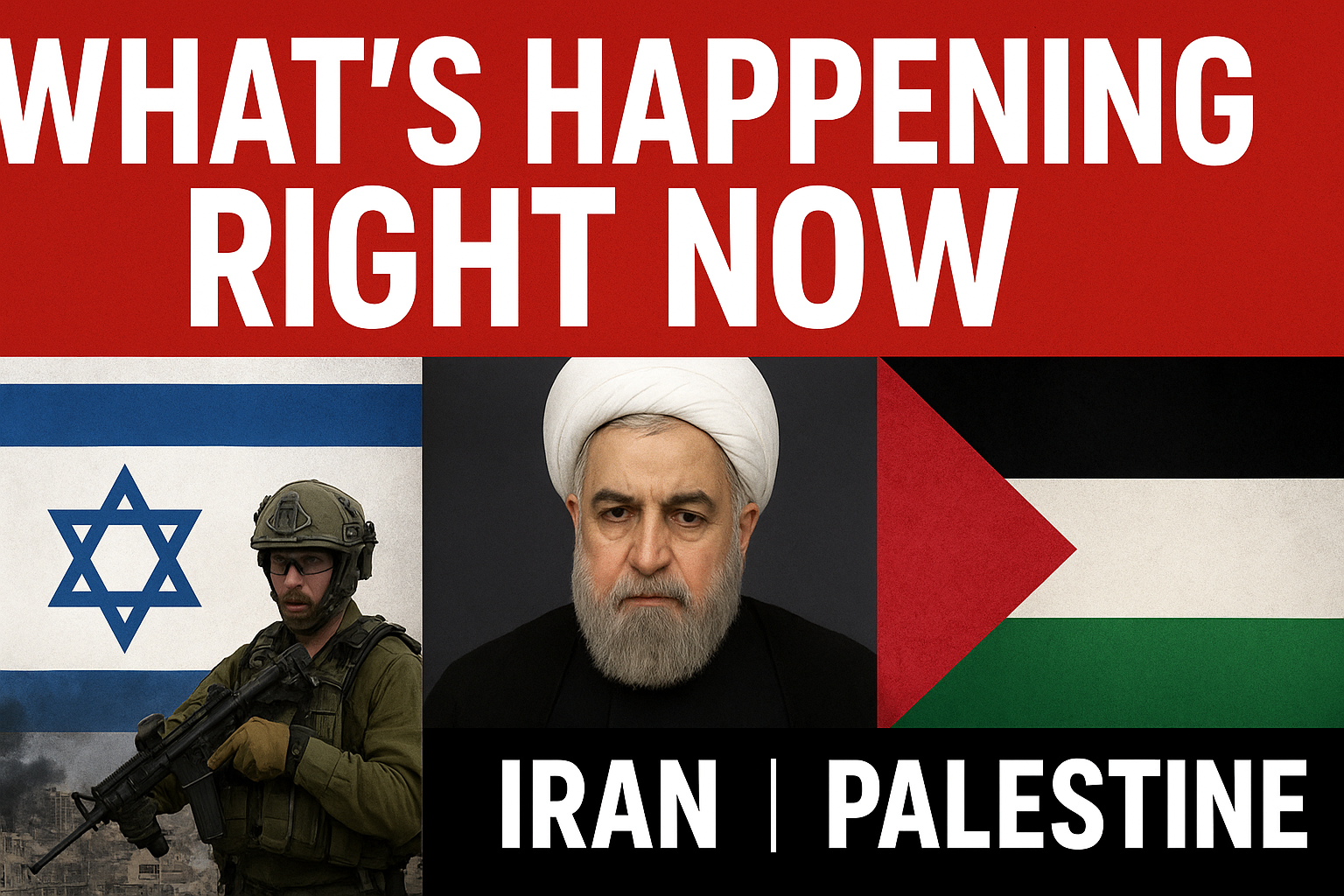The Middle East is once again on edge. Over the past few months the covert rivalry between Israel and Iran has escalated into overt military confrontation, while the long-running war in Gaza between Israel and Hamas continues to devastate the Palestinian territory. On September 29, 2025, a number of developments make the situation especially volatile: Iran carried out executions of people accused of spying for Israel; Israel continues heavy military operations in Gaza while negotiating a U.S.-backed ceasefire proposal; and international institutions have moved to reimpose sanctions on Iran — all of which feed into a tense regional environment. Reuters+2Al Jazeera+2
1) Iran — internal repression, executions, and sanctions pressure
Iran’s government has recently ramped up prosecutions and capital punishments for people it accuses of spying for Israel. On September 29, 2025, Iranian authorities executed Bahman Choobiasl (also reported as Choobi-asl), calling him “one of the most important spies for Israel.” Iranian state media said he had cooperated with Mossad to target sensitive telecommunications and import controls; rights groups and foreign outlets say many such confessions follow secretive trials and allegations of torture. The executions are part of a wider, hardening domestic crackdown. Reuters+1
At the same time, the UN and the EU have moved to reimpose or “snap back” sanctions on Iran over nuclear concerns, and have frozen some Iranian assets — measures that increase economic pressure and political isolation. These sanctions deepen Tehran’s fears of further attacks and raise the risk of escalation with Israel and its partners. Al Jazeera+1
2) Israel — strikes inside Gaza and operations linked with broader Iran confrontation
Israel remains locked in an intense campaign in Gaza aimed at defeating Hamas. Israeli forces have continued strikes and ground operations in and around Gaza City; Palestinian medical authorities and international outlets reported dozens of Palestinian deaths in attacks over the past 24–48 hours. Israeli officials insist their operations target Hamas militants and infrastructure, while critics, aid agencies and many countries warn of catastrophic civilian suffering and possible international law violations. Al Jazeera+1
Meanwhile, the Israel–Iran confrontation — which shifted from covert actions to more open strikes in June 2025 when Israeli operations hit Iranian territory — remains active. Israel has carried out strikes in Iran, and Iran has responded in various ways, including missile and drone launches and support proxies. This direct Israel–Iran dynamic has turned what used to be shadow operations into a more visible and dangerous clash. Experts warn this creates an ever-higher chance of miscalculation and a wider regional war. Arab News+1
3) Palestine / Gaza — humanitarian catastrophe and stalled ceasefire diplomacy
Gaza is suffering severe humanitarian collapse. Reports indicate tens of thousands of Palestinians killed and injured since the current war intensified; hospitals, water and aid deliveries are under pressure, and huge numbers of civilians have been forced from their homes. International actors — from the UN to major governments — have been pressing for ceasefires, humanitarian corridors and aid access, but comprehensive pauses have so far been limited and fragile. Al Jazeera+1
Diplomatically, the U.S. and Israel are negotiating a ceasefire plan (widely reported as a multi-point U.S. proposal), but differences remain between Washington and Jerusalem about the terms and sequencing — for example, on hostages, Hamas leadership, and postwar governance of Gaza. On September 29, 2025, Prime Minister Benjamin Netanyahu was due to meet U.S. President Donald Trump in the White House to discuss a U.S. plan for a ceasefire and postwar arrangements — a meeting that highlights how pivotal U.S.–Israel coordination is to any near-term pause. KFOX+1
4) How the three threads feed into one another (and why escalation risk is high)
These three threads — Iran’s crackdown and reprisals, Israel’s Gaza operations, and the humanitarian and political collapse in Gaza — are interconnected:
-
Iran sees Israeli strikes as justification for hardline responses and internal securitization, and the reimposition of sanctions raises domestic pressure inside Iran, which can produce more aggressive posturing. Reuters+1
-
Israel’s focus on Gaza and its willingness to strike Iranian-linked targets abroad means Tehran and its proxies (including Hezbollah in Lebanon and militia groups in Iraq and Syria) feel threatened and may act to deter or retaliate, which raises the chance of wider clashes. Arab News+1
-
Humanitarian collapse in Gaza increases international attention and political pressure, changing the diplomatic calculations of Western governments and regional actors — sometimes pushing for ceasefires, sometimes enabling harder lines (for example, demands for “total defeat” of Hamas). Recent votes and debates in international forums (and inside political parties elsewhere) show that public opinion and diplomacy are volatile. The Guardian+1
5) Where this could go next — plausible short-term scenarios
-
Limited de-escalation via a U.S.-brokered ceasefire — If Washington and Israel can bridge remaining differences and secure guarantees on hostages and postwar governance, a temporary pause could reduce immediate civilian suffering. But implementation would be fragile. ABC News
-
Continued attrition with regional spillover — If Israel continues intense operations and Iran (or its proxies) respond, low-level exchanges could become higher intensity, especially via Lebanon or the Red Sea shipping lanes. Arab News
-
Rapid deterioration after a triggering event — an unexpected strike on a critical Iranian facility, a dramatic massacre or mass hostage deaths, or a large—scale attack by Hezbollah could propel the region toward a much broader war. The risk is non-zero given the recent pattern of strikes and reprisals. Reuters+1
6) What to watch in the coming days
-
Official statements and actions from the U.S., Israel, Iran, and Hezbollah (military moves, sanctions, arrests/executions). Reuters+1
-
Progress (or collapse) of U.S.-brokered ceasefire negotiations and any concrete steps on hostage releases. ABC News
-
Humanitarian indicators from Gaza — casualty counts, hospital functionality, and rates of displacement — which shape international pressure and aid flows. Al Jazeera
-
UN/EU sanctions actions or new international legal findings that could change diplomatic alignments and provoke retaliatory rhetoric or action. THV11+1
Bottom line
Right now (September 29, 2025) we’re seeing a dangerous mix: Iran is tightening internal control and carrying out executions of those accused of aiding Israel; Israel is intensifying military operations in Gaza while simultaneously confronting Iran and its proxies; and international diplomatic efforts — including a U.S. ceasefire proposal and renewed sanctions — are trying (so far uneasily) to contain the crisis. Each of these moves affects the others, so the next few days and weeks will be critical in determining whether the region slides toward wider war or finds a fragile, temporary respite.


Leave a Reply